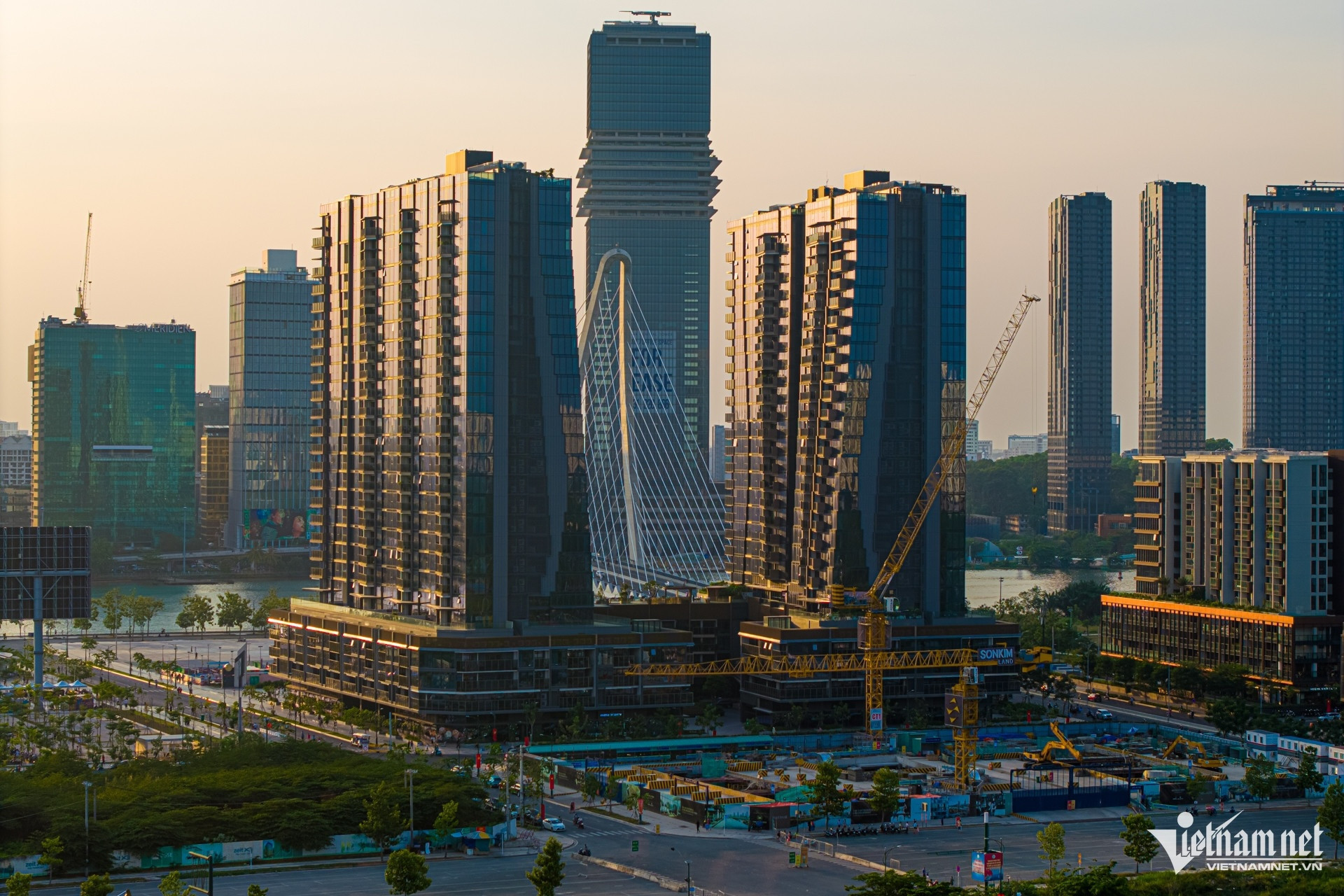Experts believe comparing the Saigon Corporation proposal to South Korea’s chaebol model is not entirely appropriate, as chaebol are private enterprises that grew into powerful conglomerates over decades of strategic development.

At Ho Chi Minh City’s first socio-economic meeting since the July merger, City Chairman Nguyen Van Duoc proposed establishing the Saigon Corporation. Alongside Becamex, HCMC would then host at least two major economic groups, combining inherent strengths to form large-scale corporations inspired by Korea’s chaebol.
But is this idea feasible and implementable in a megacity that contributes roughly a quarter of the nation’s GDP?
Optimizing state-owned resources
State-owned enterprises (SOEs) in Vietnam hold nearly VND 4 quadrillion (approximately USD 157 billion) in assets, control 20.5% of capital and 23.9% of pre-tax profits across all enterprises, and contribute close to VND 366 trillion (around USD 14.4 billion) to the national budget. Their contribution to GDP stands at about 29%.
Citing these domestic figures, Dr. Nguyen Tuan Anh, a finance lecturer at RMIT University Vietnam, emphasized that creating a state-owned economic group has several advantages: optimizing financial resources through economies of scale, reinforcing the state's role in strategic sectors, and driving infrastructure development.
Currently, Ho Chi Minh City has 46 SOEs, including 22 public service companies. Consolidating these entities could improve capital allocation, increase profitability and state revenues, and help set market benchmarks in finance and innovation.
Dr. Tuan Anh referenced Temasek Holdings in Singapore as a successful global example. Established in 1974, Temasek now manages a portfolio valued at USD 324 billion (as of 2025). With a AAA/Aaa credit rating, it invests in sectors like finance, technology, and agriculture. Though government-owned, Temasek functions as a commercially independent investment firm and has made significant contributions to Singapore's economy.
Similarly, Malaysia’s Khazanah Nasional, founded in 1993, focuses on tourism, banking, and sustainable development both domestically and internationally. In China, SOEs such as Sinopec and CNPC dominate the global oil and gas industry due to their vast scale and clear strategic direction.
According to the International Monetary Fund (IMF), success in these models hinges on transparent governance, clear strategic goals, and global competitiveness. Still, debates about the efficiency and governance of state-owned conglomerates persist.
Why Saigon Corporation isn’t a Korean chaebol
While forming Saigon Corporation is a promising idea, the HCMC government must carefully assess its leadership and sectors of involvement. “Be cautious in choosing both personnel and focus industries,” advised Dr. Tu Minh Thien, Vice President of Hoa Sen University.
He pointed out that many past conglomerates established under Decisions 90 and 91 failed because they were formed mechanically, without strategic integration. Today, the state should only be involved in areas the private sector cannot or will not serve - often low-yield but essential sectors.
Following this reasoning, if the private sector can handle a field effectively, it should be allowed to do so. This aligns with Resolution 68, which emphasizes private sector development as a key driver of the national economy by 2030.
Dr. Thien cited high-tech sectors, like semiconductor manufacturing, as suitable for state-led efforts. Success here could boost private-sector confidence and potentially guide market development.
However, he also underscored that the Saigon Corporation model should not be directly compared to Korea’s chaebol, which were private entities that rose through intensive government policy support and sector-specific development plans.
Associate Professor Vo Dai Luoc, former Director of the Institute of World Economics and Politics, added that while restructuring local SOEs is a sound idea, creating a monopolistic conglomerate could become a dangerous outcome.
Dr. Nguyen Anh Tuan echoed these concerns. He recalled HCMC's previous attempts in the 1980s to establish a municipal construction corporation, which proved unfeasible and was ultimately scrapped.
Potential financial risks include inheriting weak SOEs, high restructuring costs, and bureaucratic inefficiencies that could inflate operational expenses. Past failures of state-owned companies point to common pitfalls: poor governance and ineffective coordination.
“That said, the proposal is still feasible if implemented correctly, with professional financial management and strong reform efforts,” Tuan Anh noted. A clear financial roadmap, transparency, and strict oversight mechanisms are critical to reducing corruption risks and ensuring efficient capital use.
Tran Chung